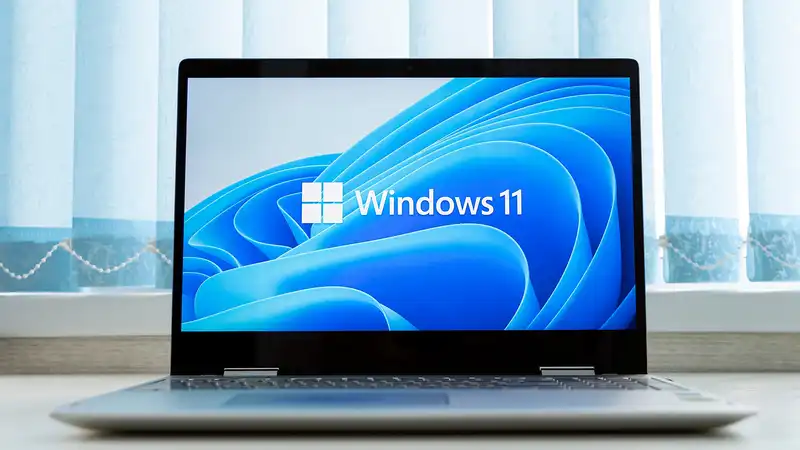Sometimes it takes time for companies to add new features, no matter how many times users ask for them However, it usually does not take 40 years for a core feature to appear But that is exactly what happened with spell check and auto-correct in Windows Notepad, first included in Windows in 1983
Microsoft began testing this feature in March, the same month it discontinued Wordpad The company is ready to distribute this update to Windows 11 users
The spell check feature should look familiar to Edge and Word users A red underline appears under misspelled words to alert you to the mistake It is very simple and lets you know that you have made a mistake so that you can either correct it yourself or use the suggested tweaks
Speaking of suggestions, somehow there is an extra step in Notepad to make sure proper spelling substitutions are made Instead of the new words appearing in the right-click menu, you have to click a second option to expand them Not a big deal, but this extra step can be annoying when trying to write something up quickly
As The Verge noted, the strangest part of the extra step is that in the beta version you can jump right to the modified word without an extra click At some point in the development process, Microsoft decided that an extra click was preferable to a quicker option
The autocorrect feature works as expected If there is an obvious misspelling, the word is changed without having to do anything This can be turned on or off in the notepad settings
For those who use Notepad for non-traditional writing, such as writing code, the new spell check feature can be enabled or disabled depending on the file type Thus, if you are working with a lot of abbreviations or words that you think are misspelled, you can disable this feature Furthermore, this feature is smart enough to be automatically disabled while working with log files or other file types related to coding










Comments